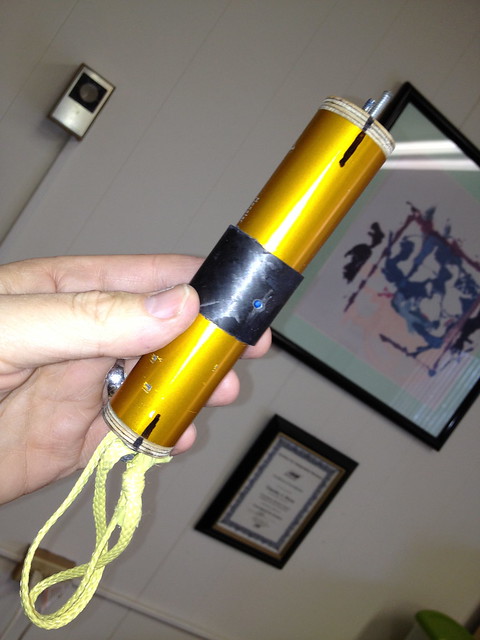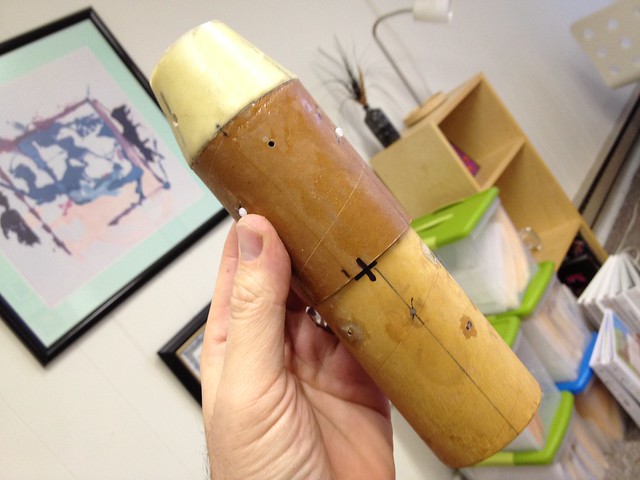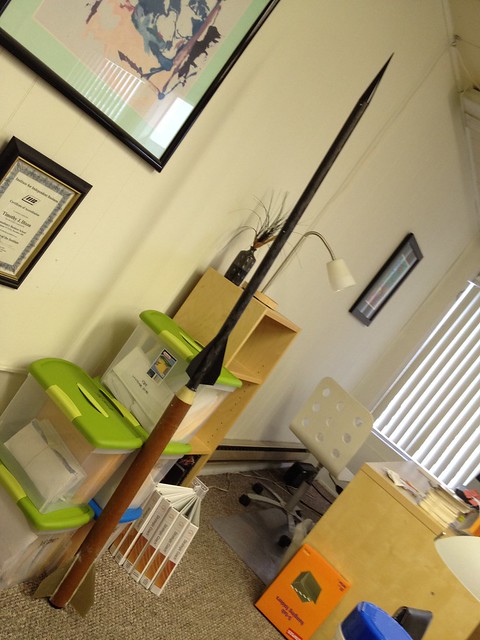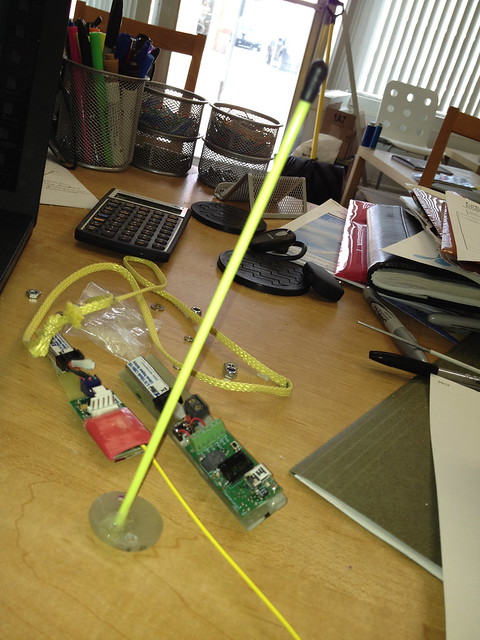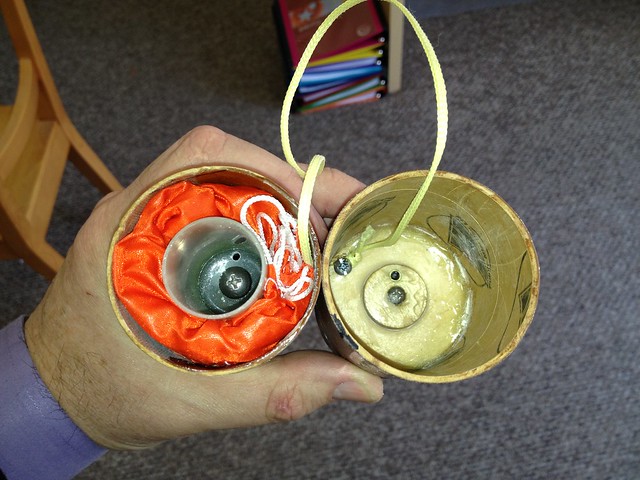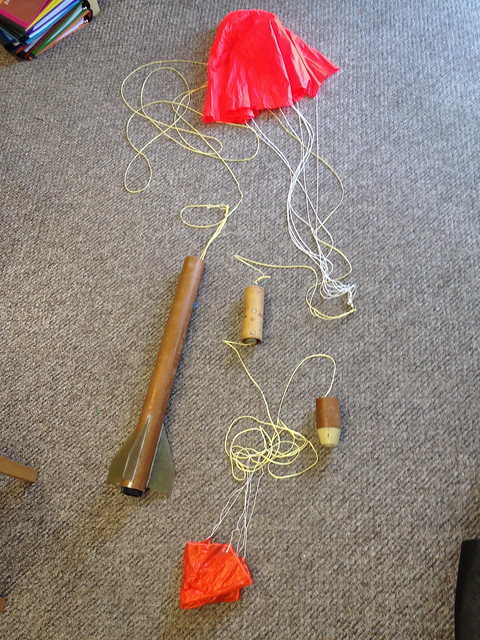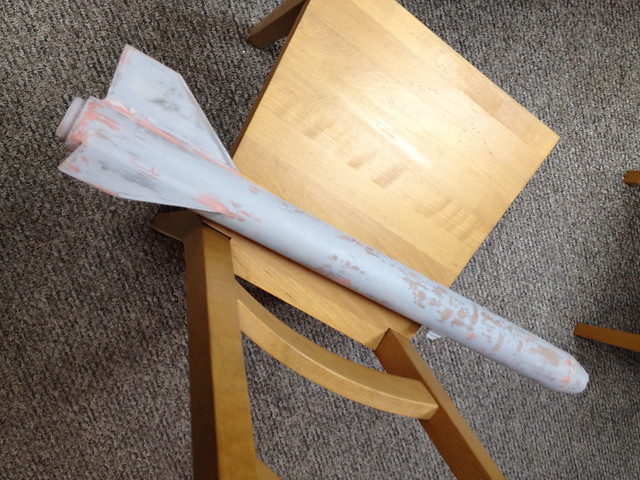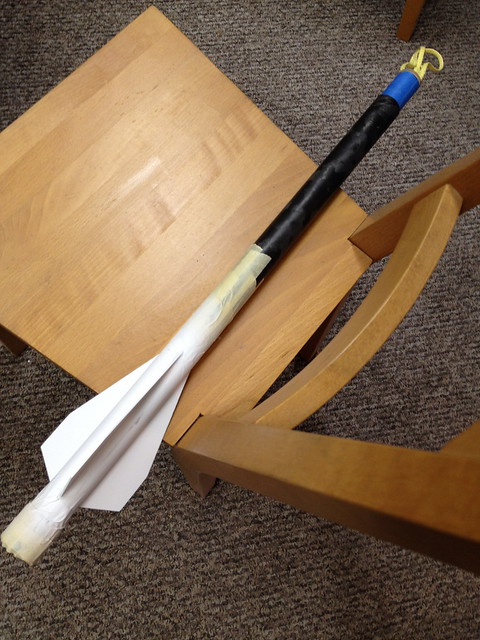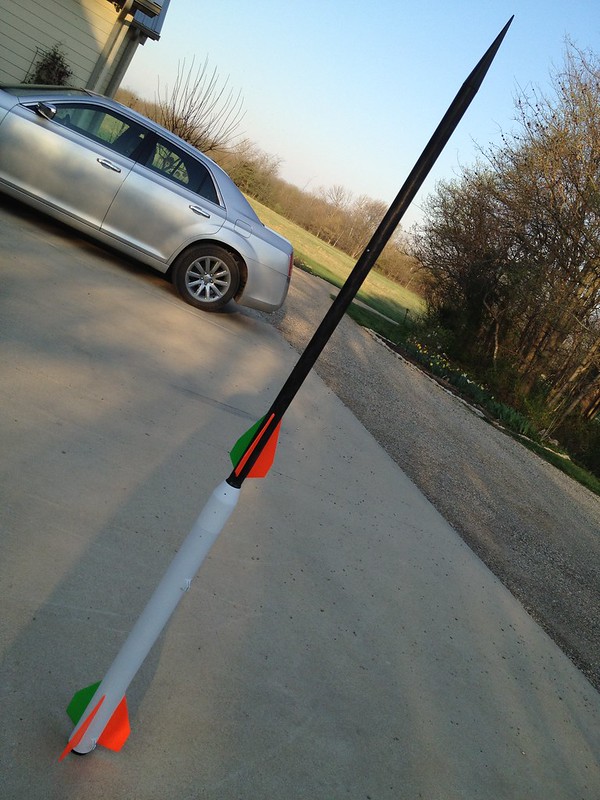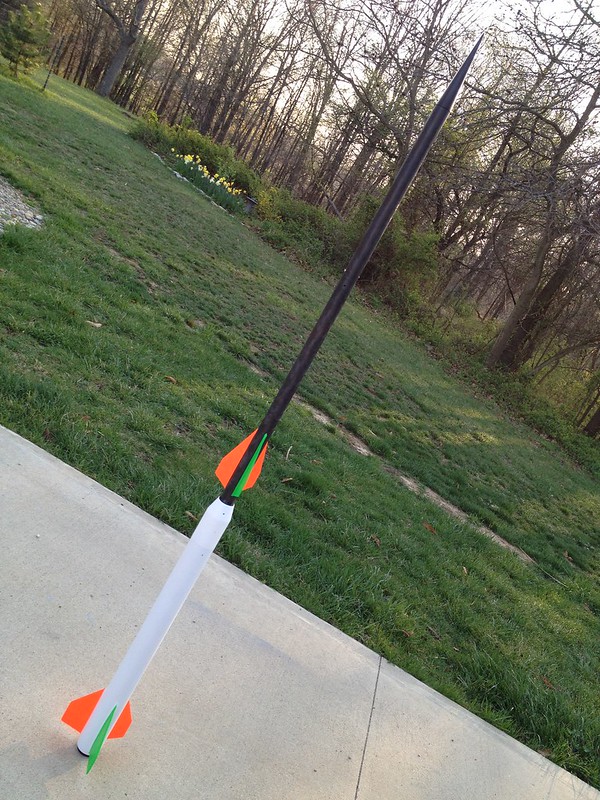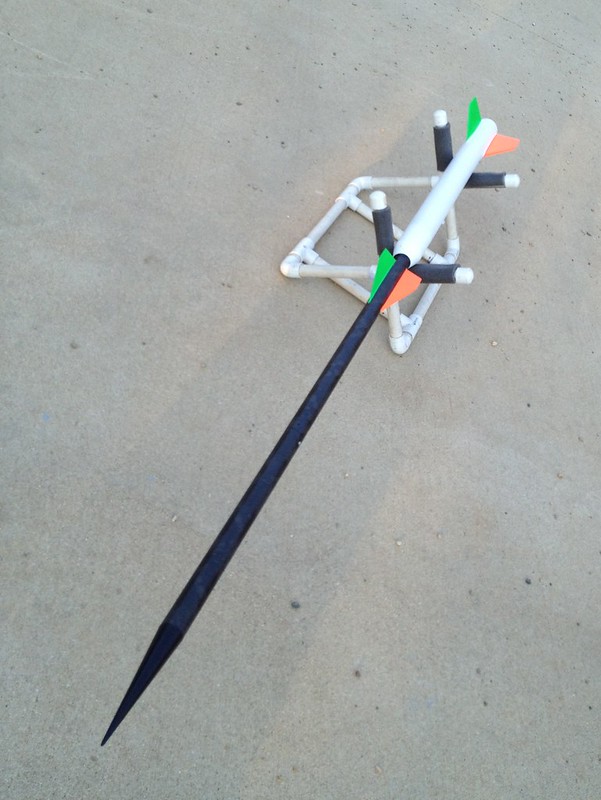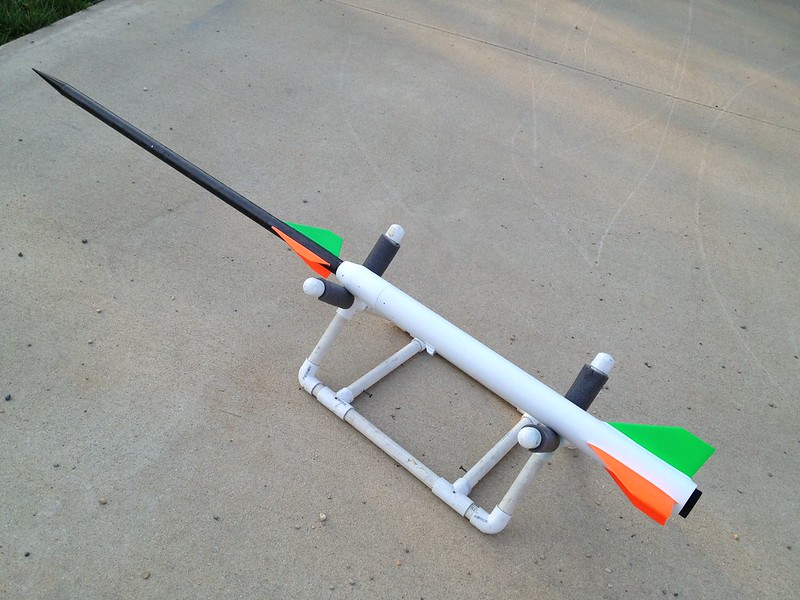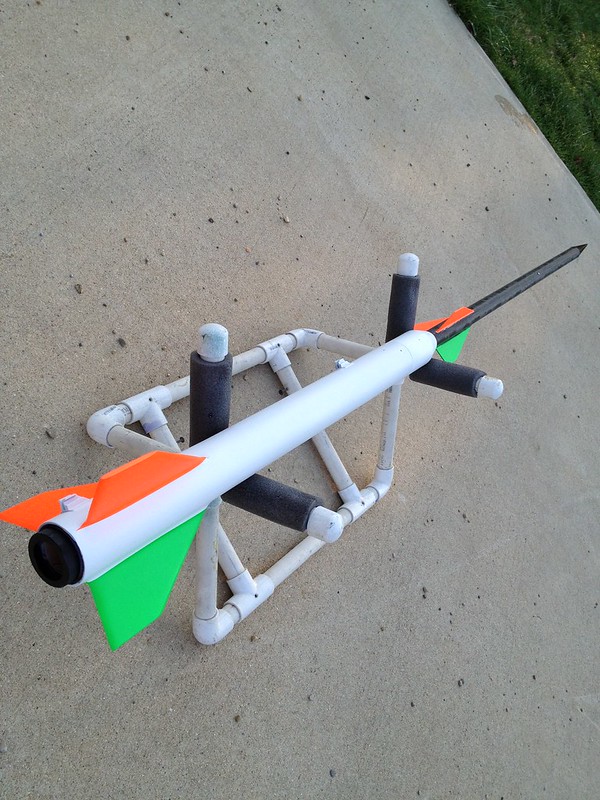When I first started staging, I used a timer in combination with an altimeter that fired at a certain altitude on the way up. This allowed me to execute the logic statement "fire the sustainer at time = T if the rocket is at least at altitude = A". When I started using the Raven, I found, as you have, that you cannot control the time of the sustainer ignition and also use the altitude safety. However, you can actually do something even better, at least for my applications. Just to illustrate, I had a recent flight in which the simulation around the staging time was as follows:
T = 10.5 sec, V = 910 ft/s, A = 10,182 ft
T = 11.7 sec, V = 846 ft/s, A = 11,261 ft
T = 12.8 sec, V = 792 ft/s, A = 12,162 ft
My goal was to light the sustainer ematch at 900 ft/s so that the motor would light a second or so later when the velocity was about 850 ft/s. I set the logic to Tval<16, AGL2>9600, V<900, pressure decreasing and burn-out 1. This logic lets the velocity < 900 be the variable that actually lights the motor. Since a simulation of the initial boost can be relatively acurate, this is just about as good as using time to control the sustainer. In many of my flights, I want to light the sustainer at a very specific speed (not too fast to burn up the sustainer and not too slow so that it arcs over). So, the Raven allows me to control the sustainer using the variable that i actually want to control.
Since you would be using the accelerometer to control the sustainer ignition (and also your apogee), you will want to make sure that the accelerometer is accurate. Otherwise, you won't really be controlling to the speed you want. One way I have done this is to swing two Ravens together (a 5-foot string allows the accuracy of the two Ravens to be tested at up to 30 G's). If the two Ravens agree, then the odds are that they are reasonably accurate. Tim, since you have two Ravens, you can do this check as I've outlined above.
Edit - And if you want a simpler approach, you can use Tval<T and Alt2>A. You can then simlate the altitude with your 2.5 second delay and set the time to a few seconds above your expected time to reach that altitude.
Jim




